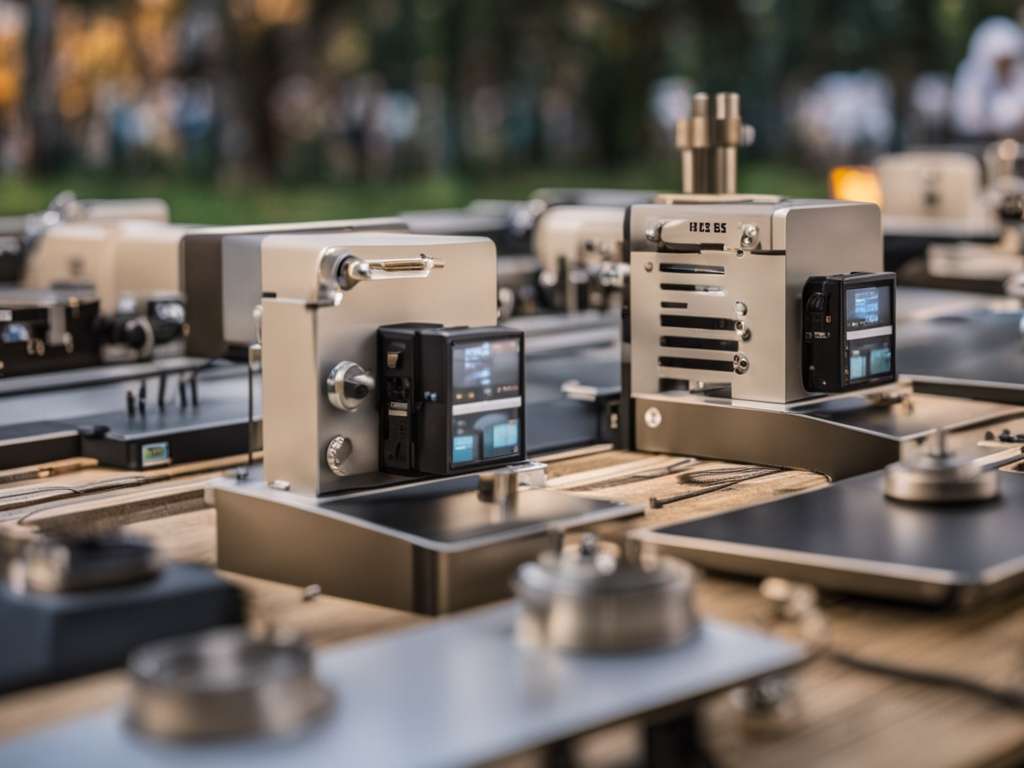Security camera jamming is a growing concern in today’s tech-driven world, where wireless surveillance systems are vulnerable to signal interference. This guide explores how to recognize signs of jamming, understand its risks, and implement effective countermeasures. Whether you’re a homeowner or a business operator, safeguarding your surveillance system against jamming attempts is crucial for maintaining robust security. Learn about preventive strategies, response protocols, and why wired alternatives might be worth considering for critical installations.
What is Security Camera Jamming?
Security camera jamming involves using specialized devices to disrupt wireless signals between cameras and their receivers. These jammers operate on the same frequencies as Wi-Fi cameras (typically 2.4 GHz or 5.0 GHz), overpowering legitimate signals and rendering cameras temporarily ineffective. While illegal in most jurisdictions, jamming technology has become more accessible, making it a potential tool for tech-savvy criminals.
How Can You Tell if Your Security Camera is Being Jammed?
Recognizing jamming attempts requires careful observation of your system’s behavior. Here are the most common indicators:
1.If your cameras lose connectivity without network issues, jamming might be the cause. This could manifest as complete signal loss or intermittent drops.
2.Blank footage or missing video feeds suggest transmission interference, though power failures could also cause this symptom.
3.Frequent disconnections at specific times or in particular areas may indicate targeted jamming attempts.
4.Sophisticated jammers might cause static, pixelation, or image degradation rather than complete signal loss.
Is Security Camera Jamming Common?
While not as prevalent as traditional break-in methods, jamming incidents are increasing with technology accessibility. Reports suggest some burglars use jammers to disable home security systems before entering. However, most intrusions still occur through conventional means like forced entry.
How to Protect Your Security Cameras from Jamming
Implement these preventive measures to enhance your system’s resilience:
| Measure | Description |
|---|---|
| Network Security | Use WPA2 encryption and strong passwords to secure your Wi-Fi network |
| SSID Customization | Change default network names to make your system less detectable |
| Wired Alternatives | Consider wired cameras for critical areas as they’re immune to wireless jamming |
| Cloud Integration | Use cloud-based management for real-time monitoring and alerts |
| Signal Boosters | Strengthen wireless signals to make them harder to overpower |
| Multi-layered Security | Combine cameras with motion sensors and alarms for comprehensive protection |
What to Do If You Suspect Jamming
Follow these steps when jamming is suspected:
1. Inspect cameras for physical tampering or damage
2. Review system logs for unusual activity patterns
3. Strengthen your wireless signal through repositioning or boosters
4. Conduct frequency scans to detect interference
5. Update all system firmware and software
6. Report suspicious activity to authorities with supporting evidence
Frequently Asked Questions
Can wireless security cameras be jammed?
Yes, wireless security cameras can be jammed using devices that emit signals on the same frequency bands (2.4GHz or 5GHz) as the cameras, disrupting their communication with receivers.
Are wired security cameras immune to jamming?
Wired cameras are immune to wireless signal jamming as they transmit data through physical cables. However, they can still be disabled through physical tampering like cutting wires.
Is it illegal to jam security cameras?
In most countries, using jamming devices is illegal as they interfere with authorized radio communications. Penalties can include substantial fines and even imprisonment.
How can I tell the difference between jamming and normal technical issues?
Jamming often shows patterned disruptions coinciding with suspicious activity, while technical issues are typically random. Frequency analysis can help confirm jamming attempts.
What’s the most secure type of security camera system?
Hybrid systems combining wired cameras for critical areas with encrypted wireless cameras for flexible coverage, supplemented by other security measures, offer the most comprehensive protection.
